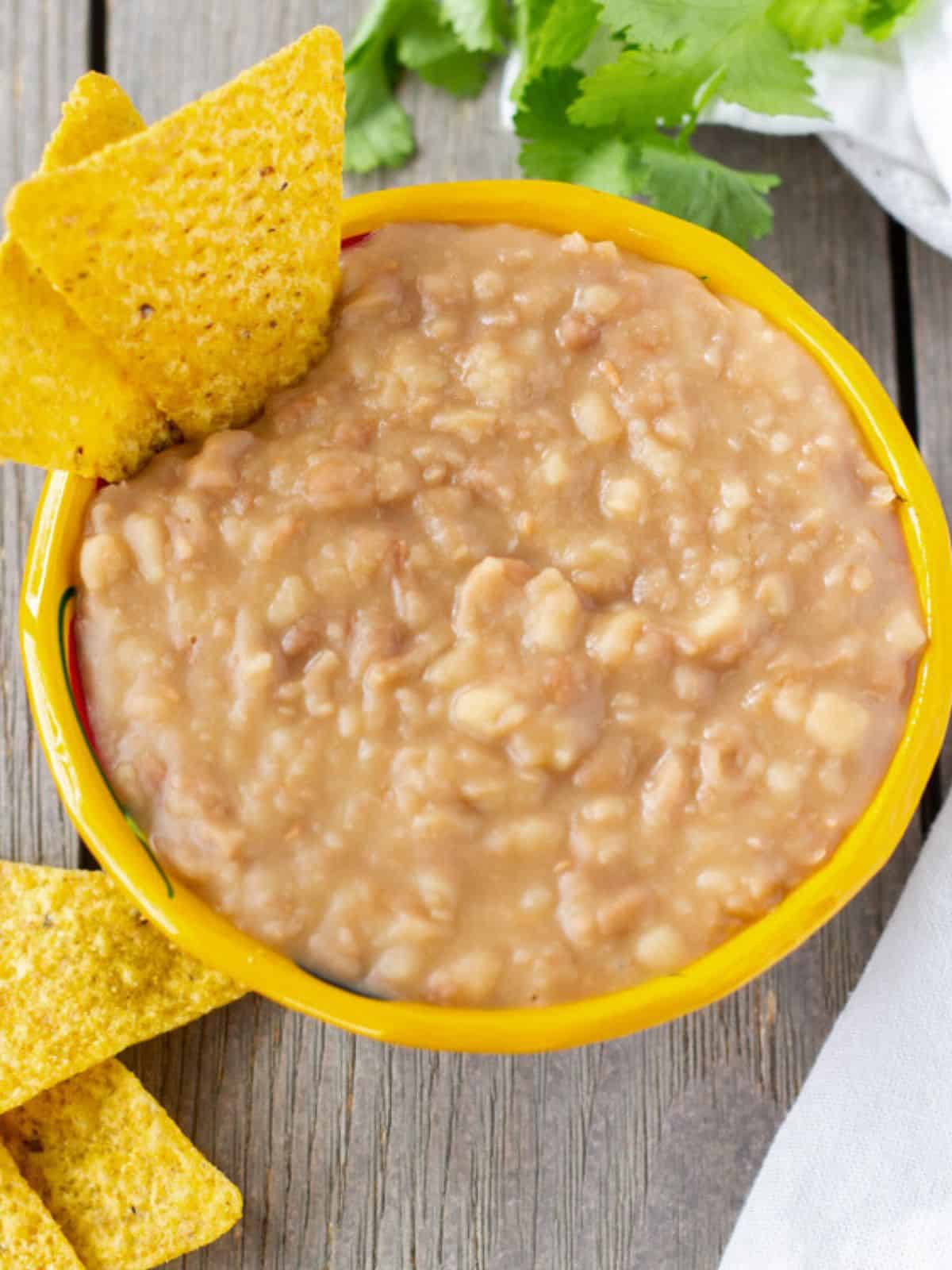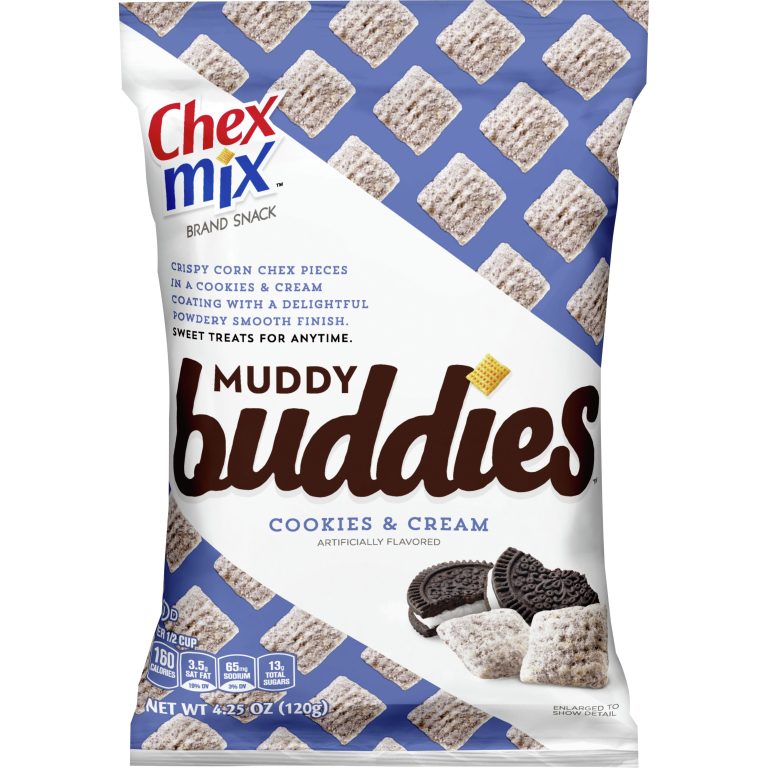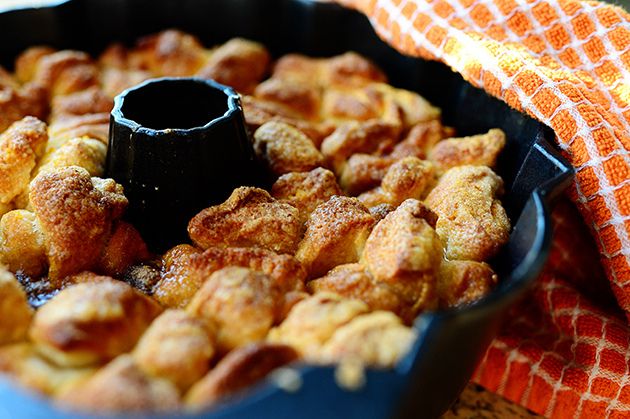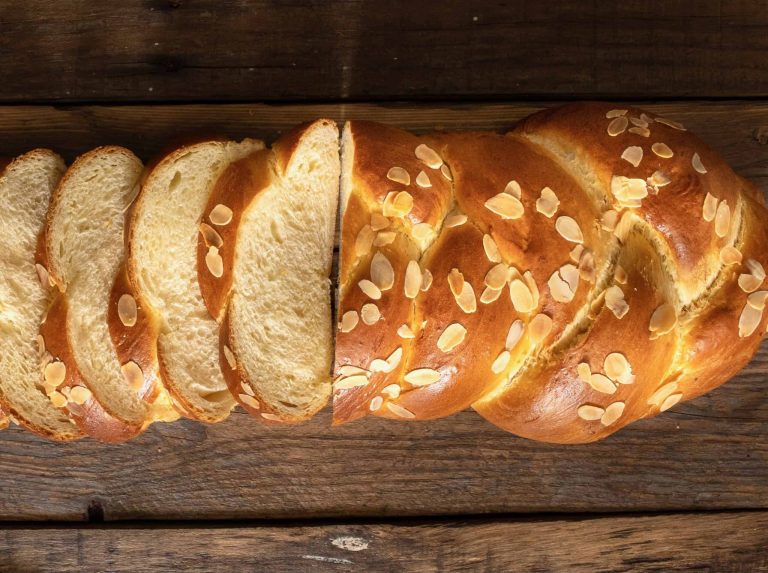Peruvian Mashed Beans: Recipes and Variations
Peruvian mashed beans trace their origins back to ancient civilizations. The Inca Empire and pre-Inca cultures cultivated beans, including the popular canary beans. These beans featured prominently in their diet due to their high protein content and ease of cultivation. Peruvian dishes often incorporate native ingredients like beans, which reflects the country’s rich agricultural heritage.
Archaeological findings show that beans were not only a food staple but also held cultural significance. The Inca used them in rituals and offerings, highlighting their importance beyond mere sustenance. Understanding this historical context enriches your appreciation of Peruvian mashed beans, connecting you to the country’s vibrant past.
Regions Famous for This Dish
Several regions in Peru are renowned for their unique takes on mashed beans. In Lima, the capital, chefs offer refined versions of this dish, blending traditional flavors with modern techniques. Lima’s prominence as a culinary hub makes it a key player in popularizing Peruvian mashed beans internationally.
In northern coastal regions like Piura and Lambayeque, recipes have distinct local flavors. These areas use specific varieties of beans and incorporate regional ingredients, lending a unique taste to their mashed beans. Highland regions, such as Cusco and Puno, also contribute their versions, often influenced by traditional Andean cooking methods.
Whether in coastal cities or highland villages, Peruvian mashed beans showcase the diversity of local cuisines across Peru. Exploring these regional variations allows you to experience the full spectrum of flavors this traditional dish has to offer.
How to Make Traditional Peruvian Mashed Beans
Ingredients Needed
To make traditional Peruvian mashed beans, you’ll need specific ingredients that capture the essence of this dish. Make sure to gather the following:
- 1 cup of canary beans (also known as Peruvian beans)
- 1 onion, finely chopped
- 2 garlic cloves, minced
- 2 tablespoons vegetable oil
- 1 tablespoon ground cumin
- 1 teaspoon turmeric
- 1 cup chicken or vegetable broth
- Salt to taste
- Pepper to taste
Step-by-Step Cooking Guide
Follow these steps to prepare your traditional Peruvian mashed beans:
- Soak the Beans: Place the canary beans in a bowl, cover them with water, and let them soak overnight. This softens the beans, reducing cooking time.
- Cook the Beans: Drain the soaked beans and place them in a pot, covering them with fresh water. Cook on medium heat for 1 hour or until tender. Add more water if needed, ensuring the beans remain covered.
- Prepare the Base: In a pan, heat the vegetable oil over medium heat. Sauté the chopped onion and minced garlic until they turn golden brown.
- Add Spices: Stir in cumin and turmeric. Cook for 1 minute, allowing the flavors to blend.
- Combine the Ingredients: Add the cooked beans to the pan with the onion-garlic mixture. Pour in the chicken or vegetable broth. Stir well to combine.
- Mash the Beans: Use a potato masher or the back of a spoon to mash the beans, achieving your desired consistency. For smoother beans, blend with an immersion blender.
- Season: Add salt and pepper according to your taste. Continue cooking on low heat for another 10 minutes, stirring occasionally to prevent sticking.
- Serve: Once the beans are well-mashed and seasoned, they are ready to serve. Enjoy them as a side dish or a main course with rice or bread.
This method ensures you’ll achieve the authentic flavors of traditional Peruvian mashed beans, reflecting the rich culinary heritage of Peru.
Nutritional Benefits of Peruvian Mashed Beans
Key Nutrients and Their Benefits
Peruvian mashed beans offer several vital nutrients. They contain high levels of protein, providing essential amino acids necessary for muscle repair and overall growth. For instance, 100 grams of cooked beans typically offer around 7 grams of protein.
Beans are rich in dietary fiber, aiding digestion. Fiber promotes a healthy gut, reducing constipation risks. With about 6 grams of fiber per 100 grams, Peruvian mashed beans help maintain digestive health.
Vitamins and minerals within these beans play essential roles. Iron enhances blood oxygenation, while folate supports DNA synthesis. Magnesium contributes to muscle function, and potassium regulates blood pressure.
Dietary Restrictions and Considerations
Peruvian mashed beans suit various dietary needs. They’re naturally gluten-free, making them accessible for those with celiac disease or gluten sensitivity.
If following a low-sodium diet, adjust seasoning to meet dietary guidelines. Customizing recipes in this way ensures that they align with health parameters.
People with legume allergies should exercise caution, as beans may trigger allergic reactions. Consult a healthcare professional if there’s any uncertainty regarding legume sensitivity.
Serving Suggestions and Variations
Traditional Pairings
Peruvian mashed beans often accompany classic dishes. For an authentic experience, serve them with arroz (rice) and pan (bread). Other popular pairings include seco de carne (beef stew) and ají de gallina (chicken in spicy sauce). These combinations enhance the flavor balance and offer a fuller meal.
Contemporary Twists
Modern adaptations of Peruvian mashed beans reflect culinary creativity. Consider using your mashed beans as a dip for fresh vegetables or tortilla chips to add a healthy touch to your appetizers. Alternatively, spread mashed beans on toast with a drizzle of olive oil for a nutritious breakfast. Fusion cuisine offers more options, such as incorporating the beans in burritos or quinoa bowls. For a more gourmet touch, top the mashed beans with crumbled feta or roasted vegetables.
Conclusion
Peruvian mashed beans are more than just a dish; they’re a culinary journey through history and culture. By experimenting with regional variations and incorporating local ingredients, you can bring a taste of Peru into your kitchen. Whether you enjoy them as a side dish, a dip, or a main course, these beans offer both nutritional benefits and versatile serving options. Embrace the rich heritage and flavors of Peruvian mashed beans and elevate your meals with this delicious and healthy staple.





